Case Number : Case 1734 - 19 January - Dr Arti Bakshi Posted By: Guest
Please read the clinical history and view the images by clicking on them before you proffer your diagnosis.
Submitted Date :
Clinical History: 54/M erythematous sharply demarcated scaly plaque buttocks extending into natal cleft, with satellite lesions. ?flexural psoriasis. 1st 7 images from main lesion in natal cleft, 9th and 10th image- Satellite lesion.
Case Posted by Dr Arti Bakshi
Case Posted by Dr Arti Bakshi


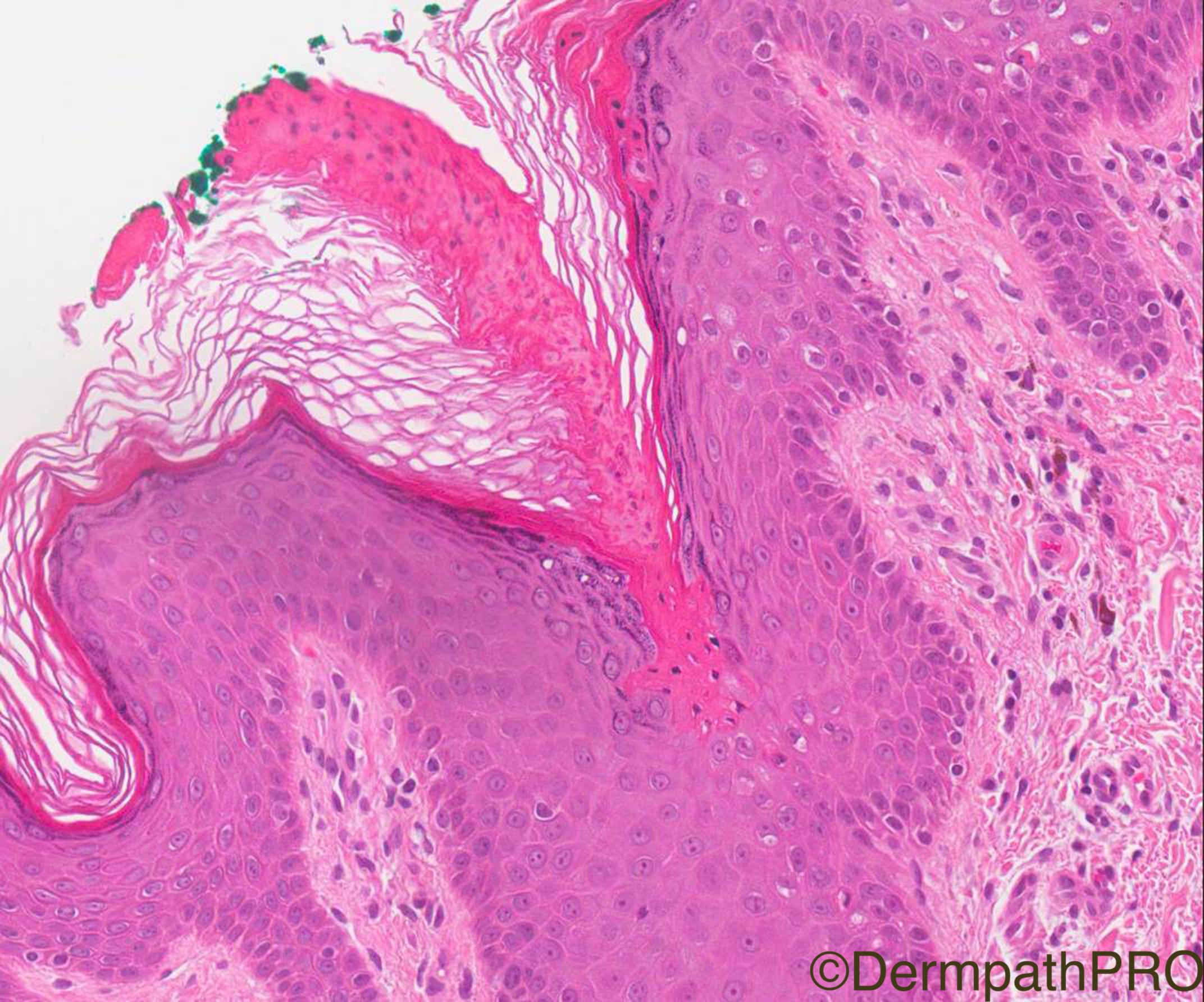
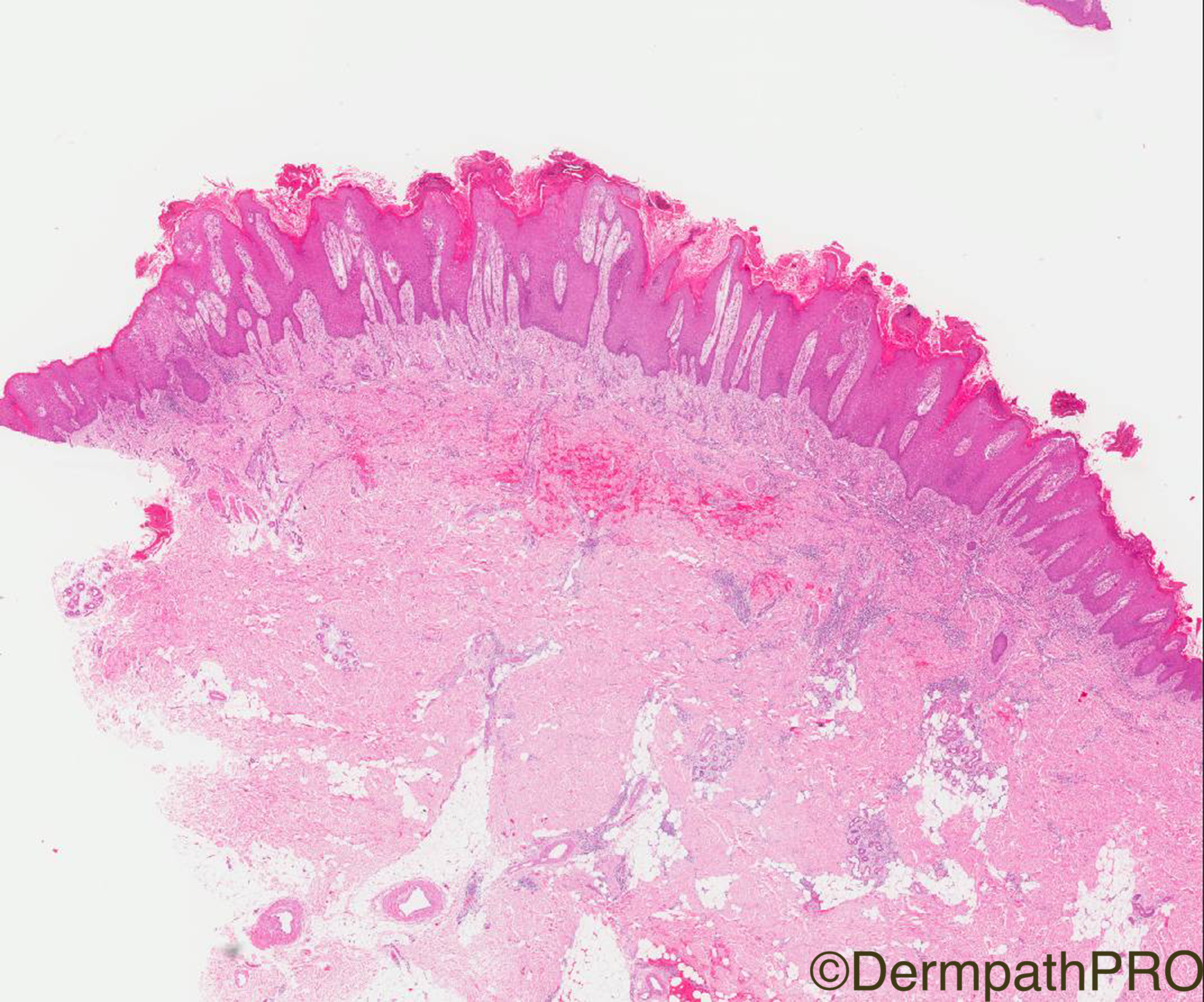
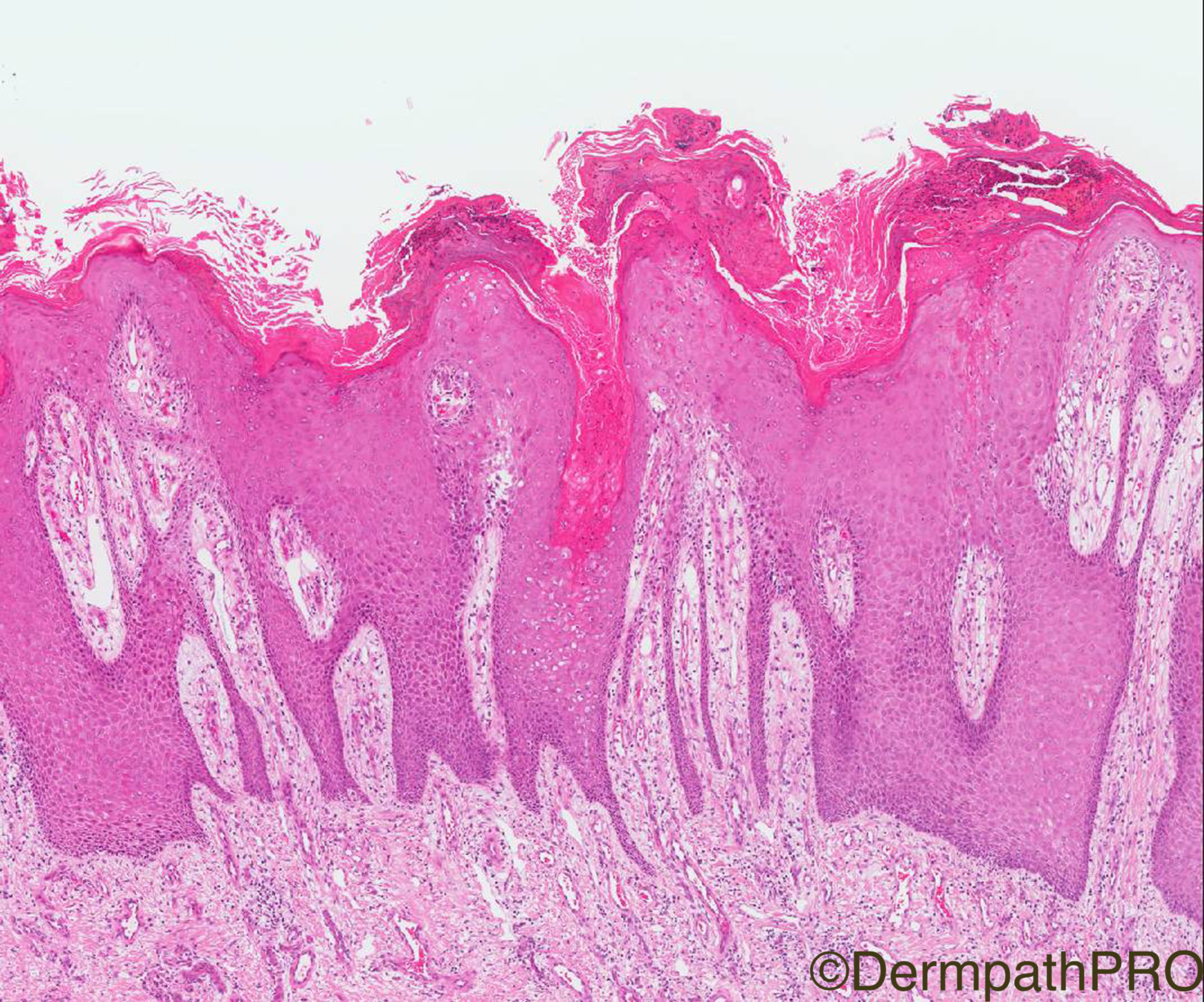
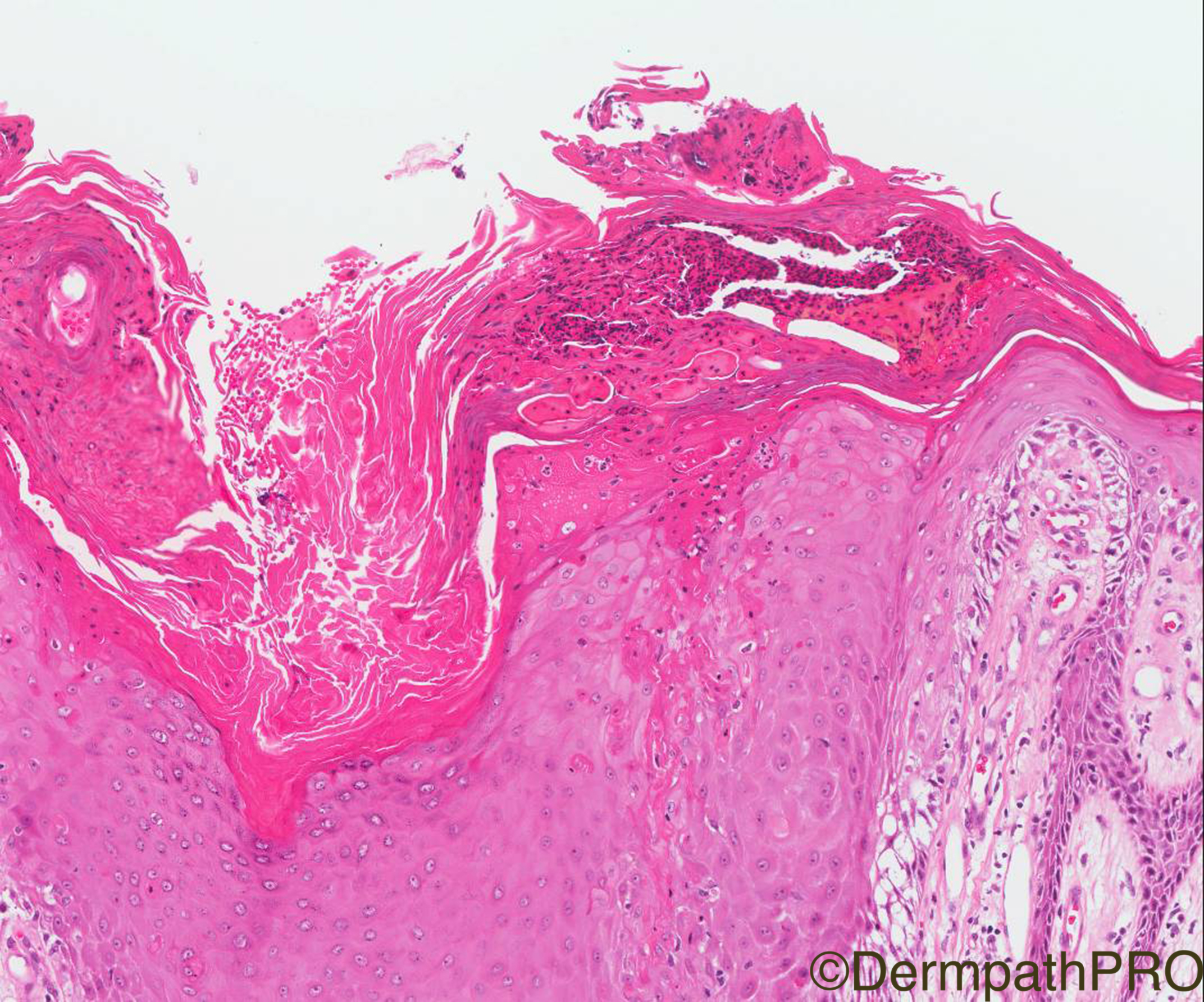
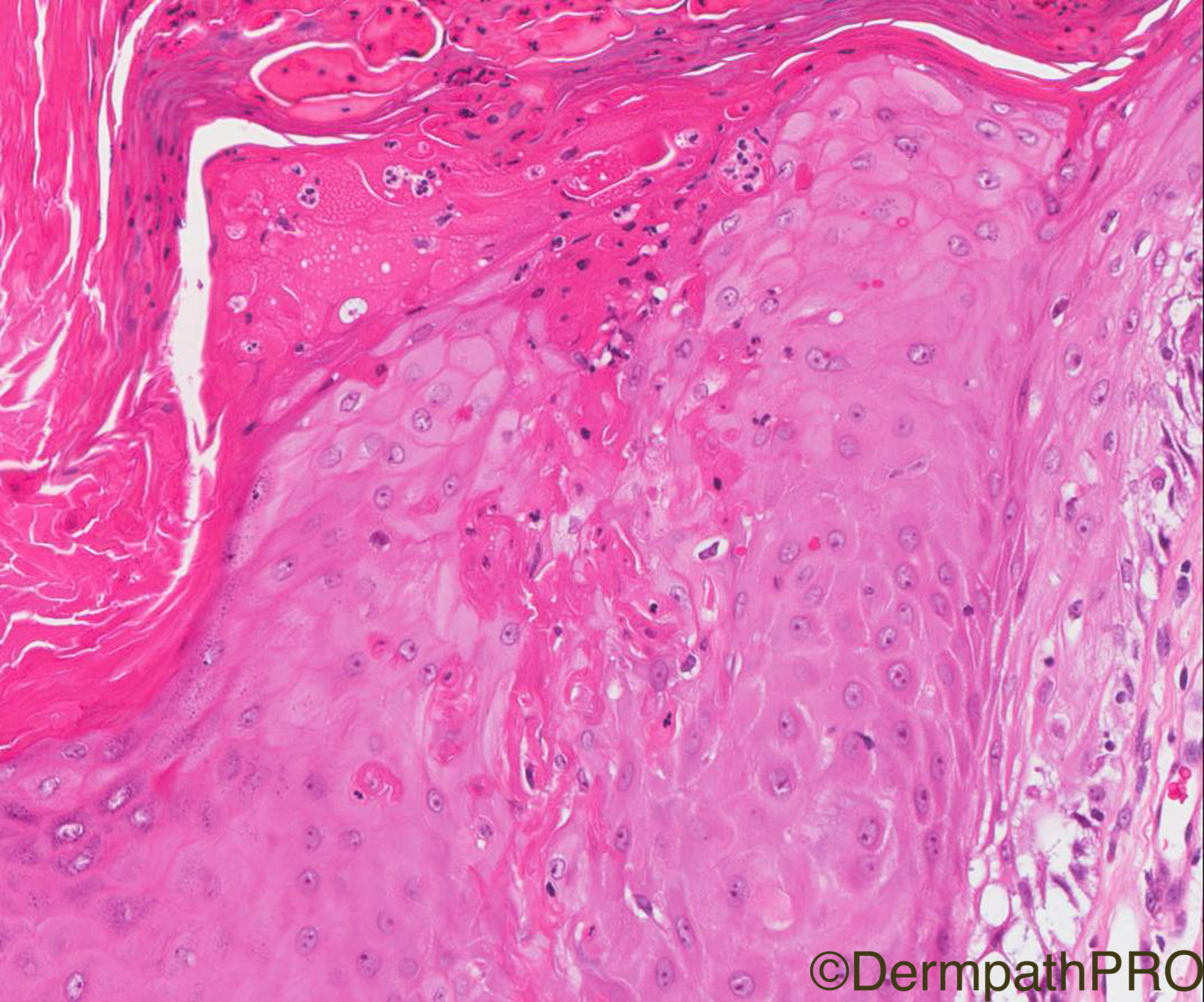
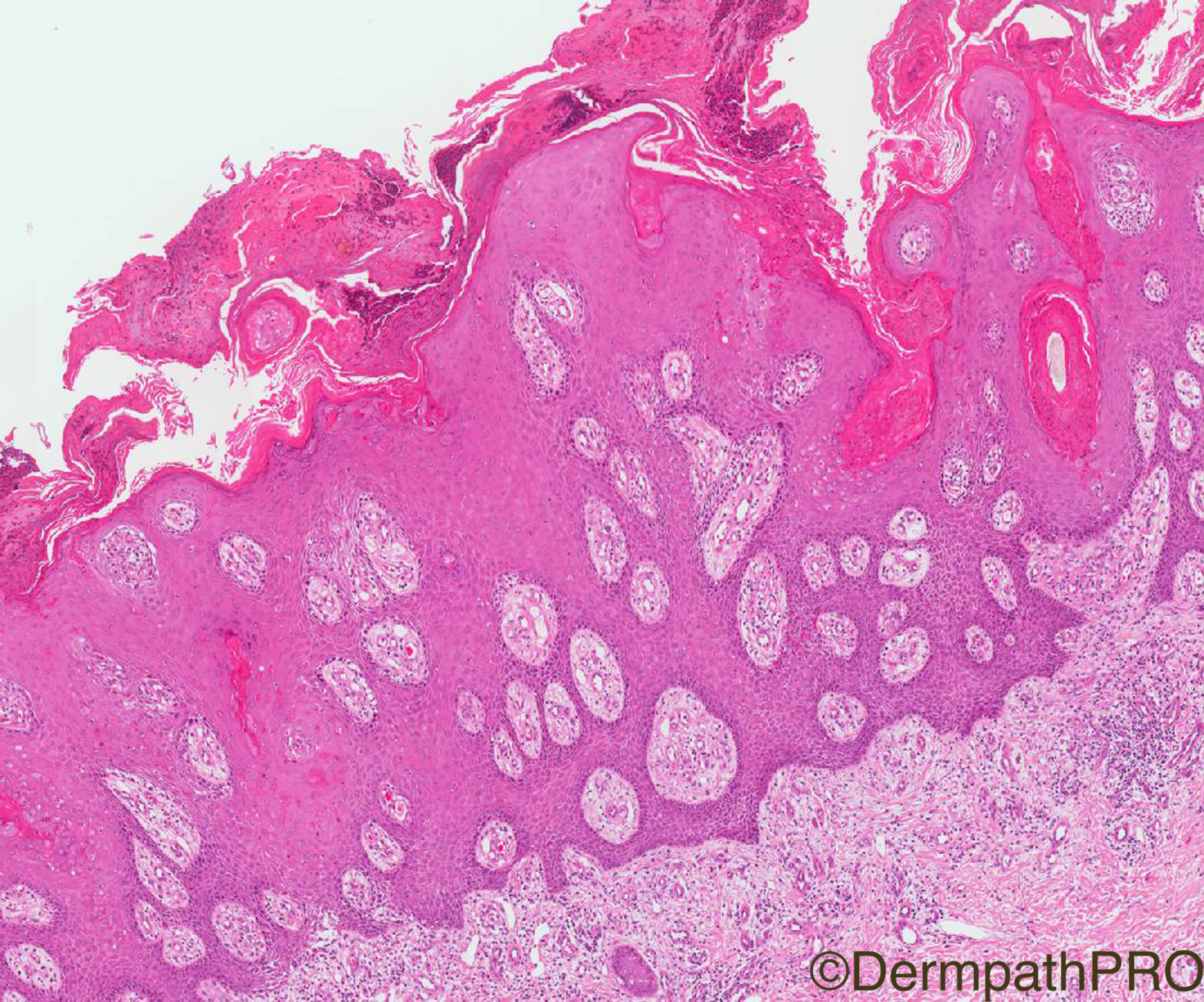
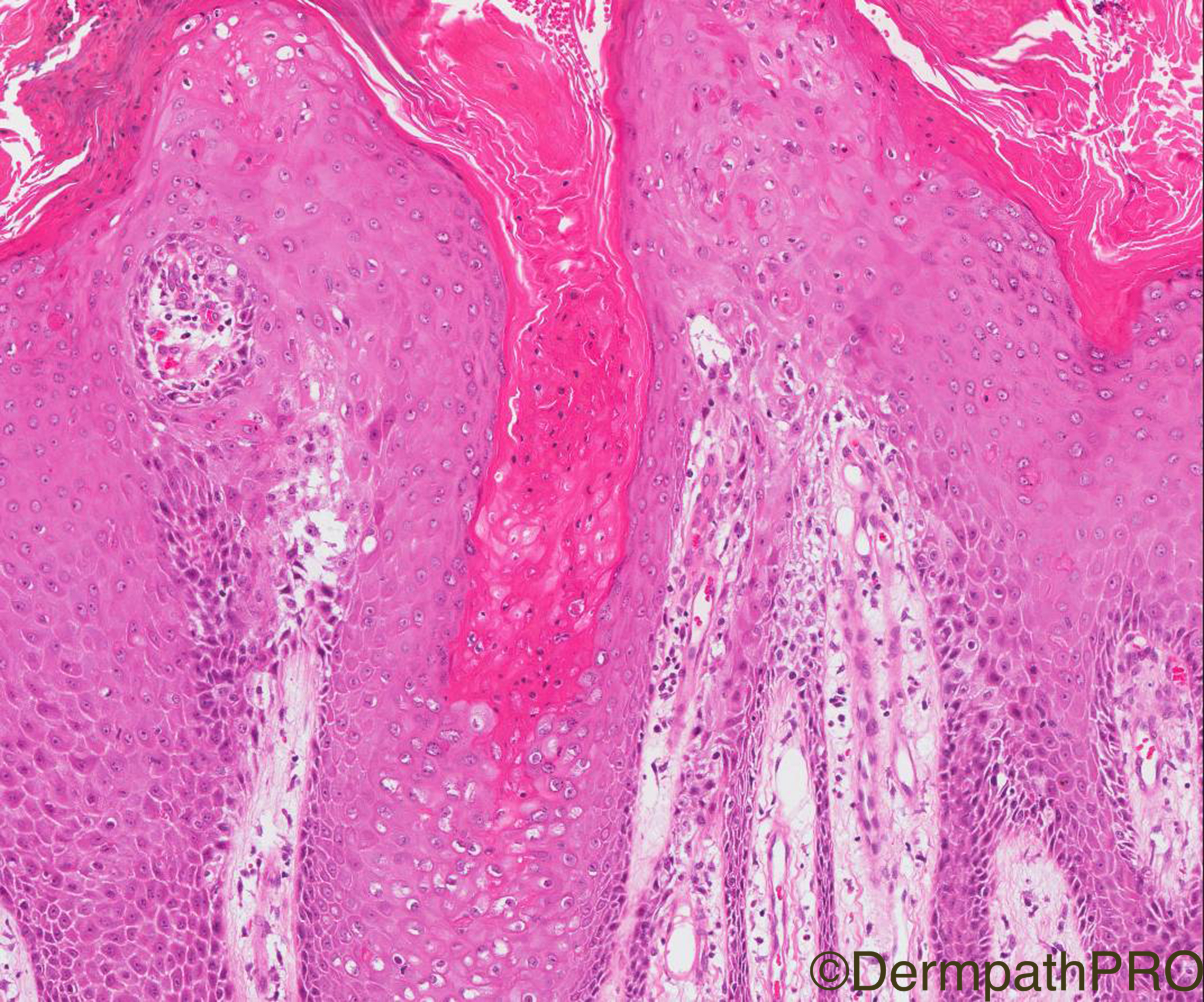
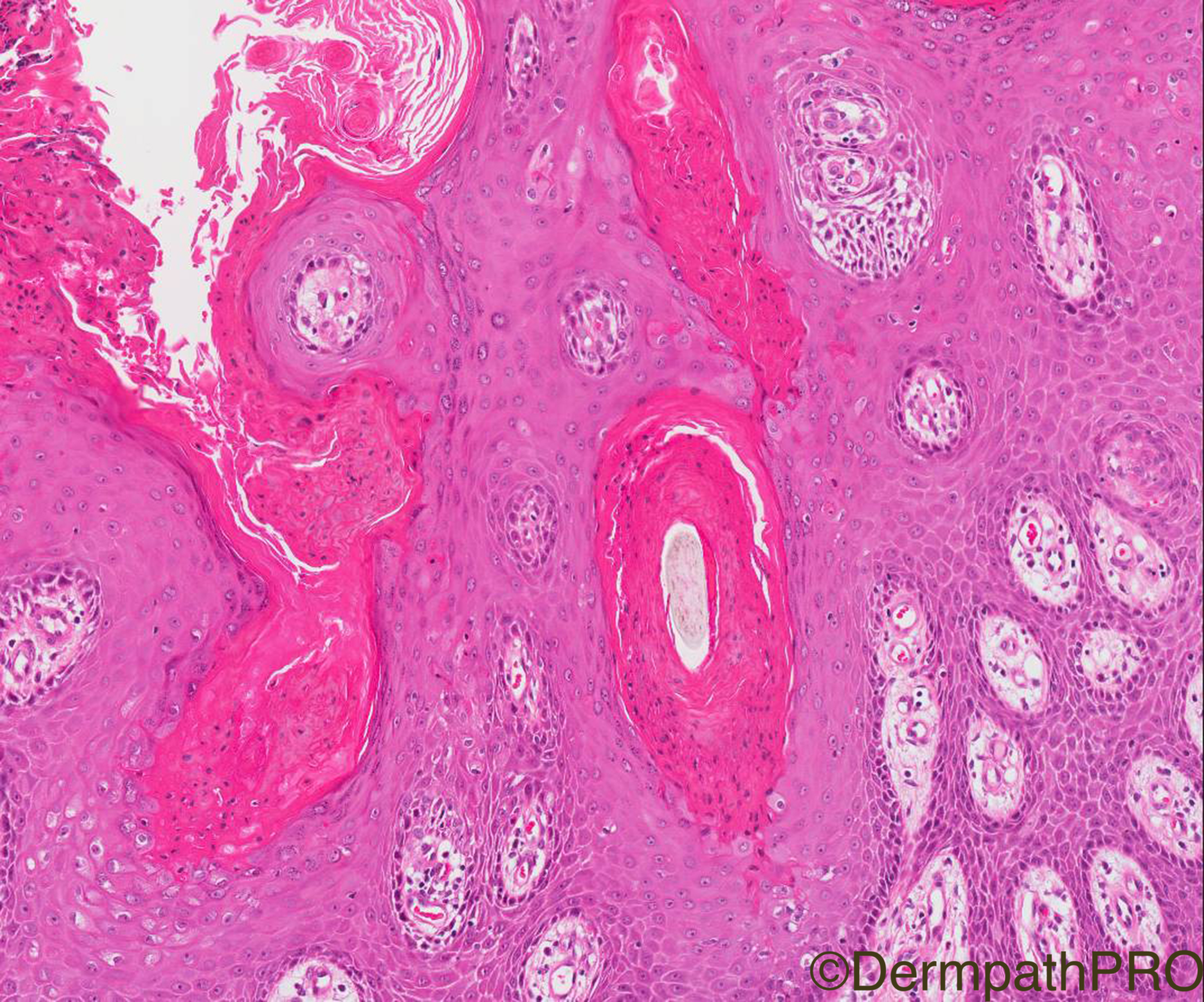
Join the conversation
You can post now and register later. If you have an account, sign in now to post with your account.